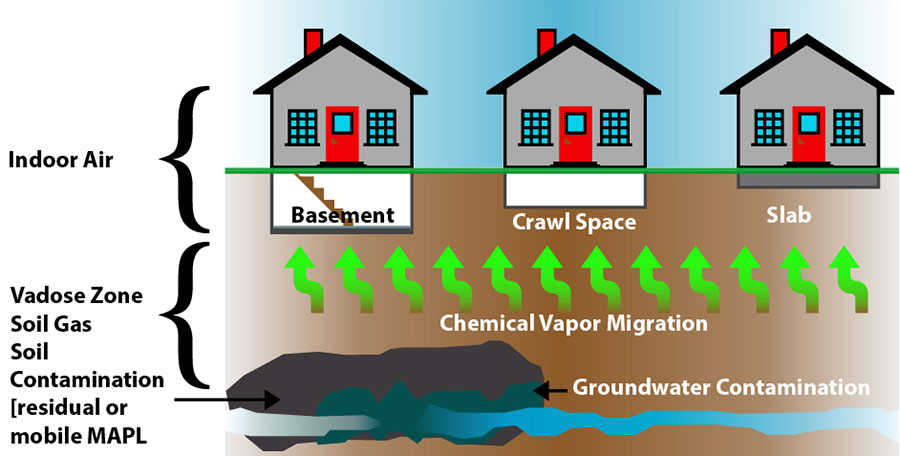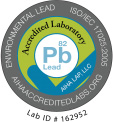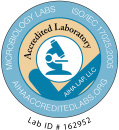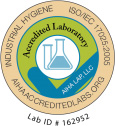Train derailments, such as the recent disaster in East Palestine, Ohio, bring unfortunate but necessary attention to the threat that volatile organic compounds (VOCs) pose when released via toxic plume. According to the U.S. Environmental Protection Agency Region V, “approximately 20 rail cards were listed as carrying hazardous materials. Cars containing vinyl chloride, butyl acrylate, ethylhexyl acrylate, and ethylene glycol monobutyl ether are known to have been and continue to be released into the air, surface soils, and surface waters.”

Chlorinated solvents (PCE, TCE and their breakdown products such as vinyl chloride, 1,1-DCE and others) pose particular risks to individuals living downwind and downstream from releases and spills.
Once chlorinated solvents such as PCE, TCE and their breakdown products including vinyl chloride leech into the surrounding soil and ground water, the impact of unintentional releases can be felt far beyond the original site and contaminate the air inside people’s homes through vapor intrusion.
Vapor intrusion involves subsurface VOCs, in the case of the East Palestine train derailment vinyl chloride among others, going under the subslabs of homes and buildings built over groundwater sources and being pulled into the ambient air in homes through HVAC systems. The occupants become exposed to the solvents repeatedly over time. In order to determine the level of exposure, indoor air quality testing must be performed. In addition to reactive testing, there are also testing protocols that can be done before it migrates to homes in neighborhoods through the process of plume chasing.
Plume chasing is performed by pushing a small tube into the ground where it sits just above the water table. An air sample is then collected, and the VOC levels can now be tested. The resulting readings determine which way the plume is headed and the levels of concentration of the compounds of concern.
It is critical that the vapor intrusion sampling and testing be performed by knowledgeable environmental professionals familiar with TO-15 methods and protocols. SanAir’s Centek division has extensive experience sampling and analyzing a broad range of air contaminants including Volatile Organic Compounds (VOCs). We have worked throughout the United States with vapor intrusion testing. For more information about our capabilities see our website https://www.sanair.com/soil-vapor-intrusion-testing/.
Environmental professionals who need independent third-party testing that is cost-effective, enables nimble sampling in the field, and delivers stringent detection limit results down to the parts per trillion can contact Russ Pellegrino at 315.431.9730 or rpellegrino@sanair.com to discuss indoor air quality/vapor intrusion identification needs.












